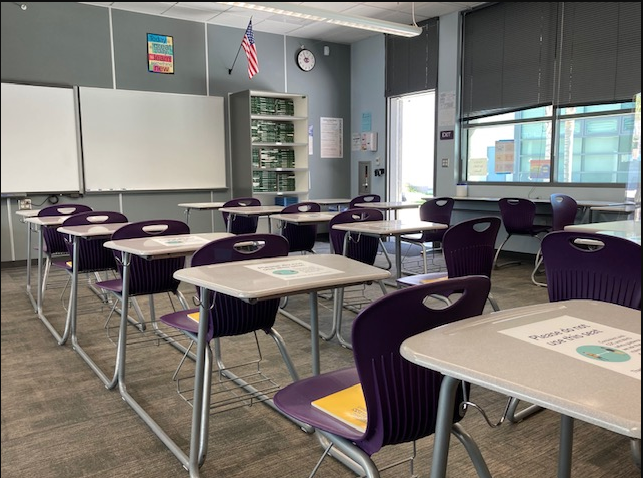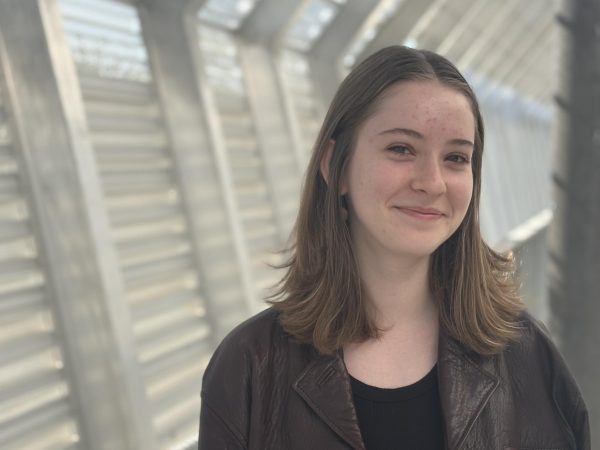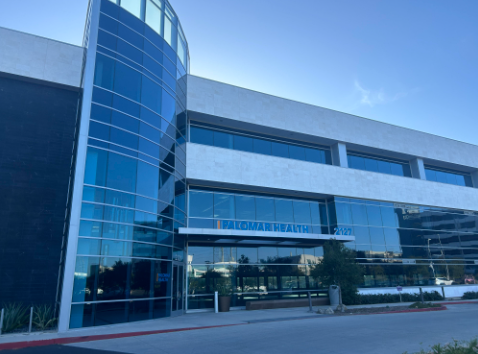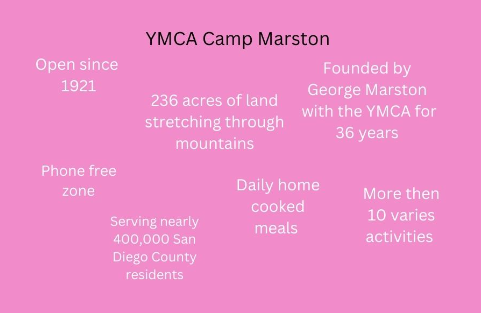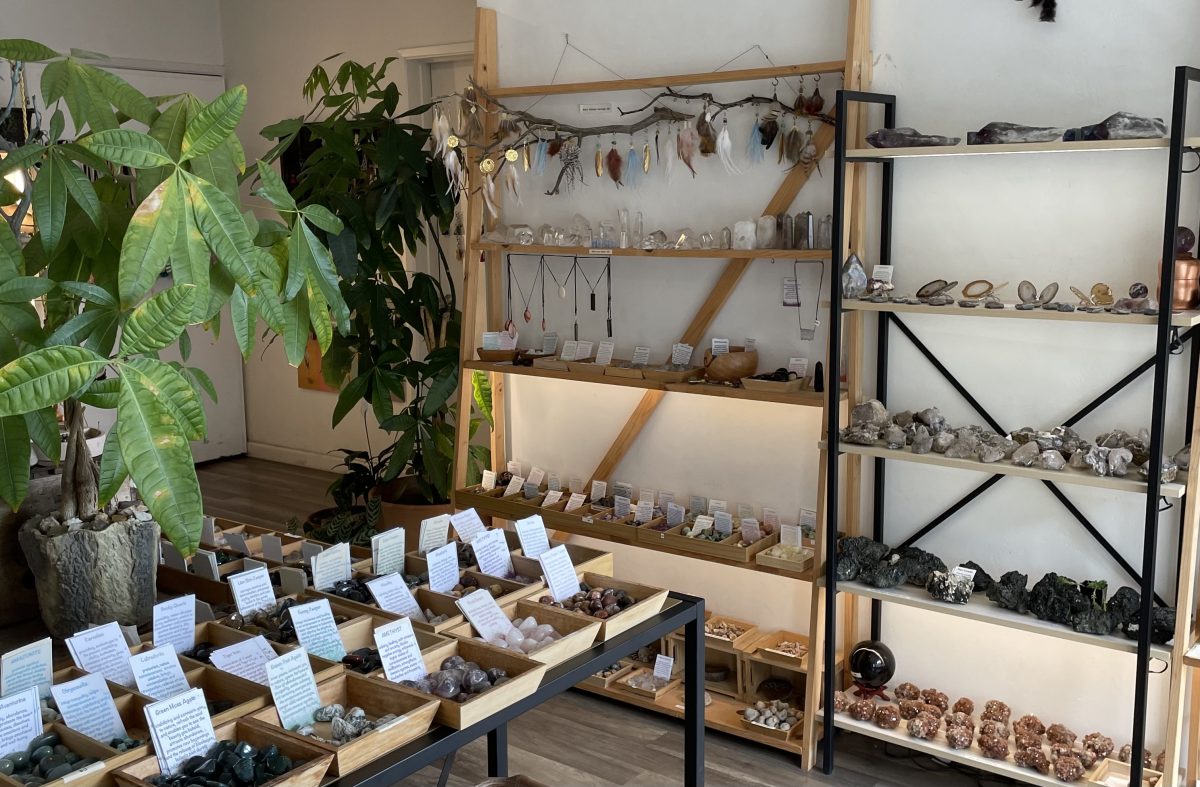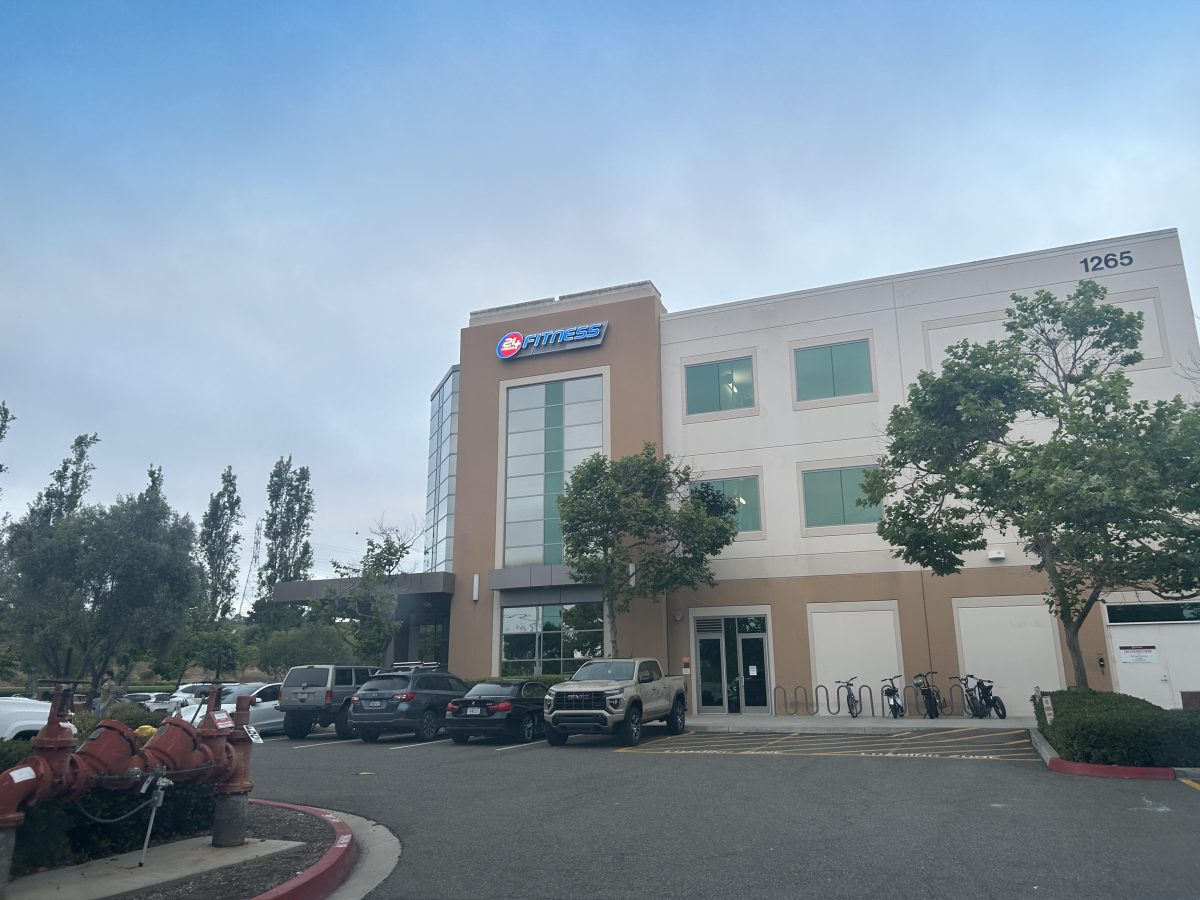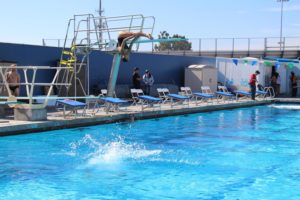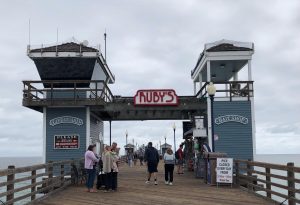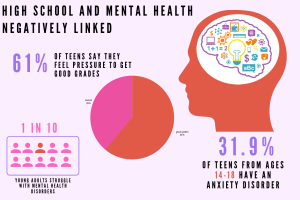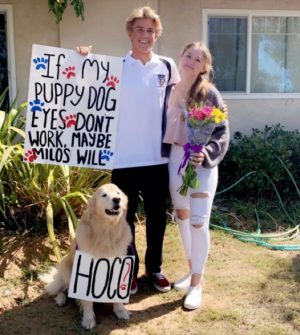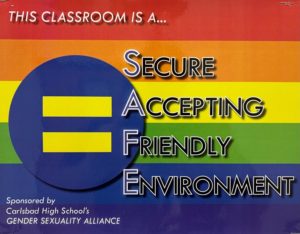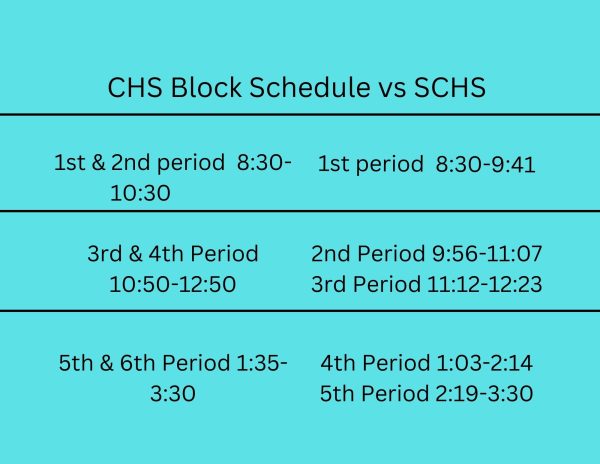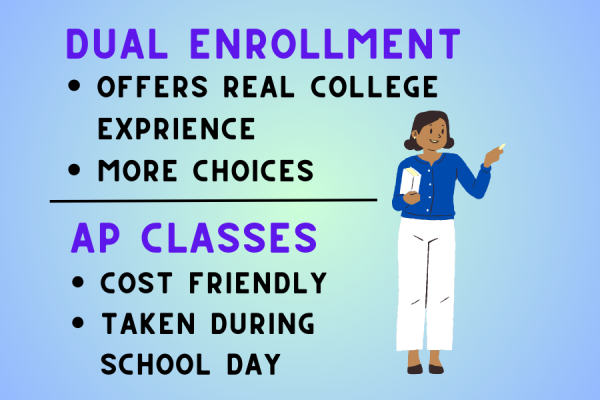In-person school through a student’s eyes
Most desks in homeroom classes remain empty to maintain social distancing and because of the low turnout for the on-campus model. Photo by Cece Turk.
March 15, 2021
After moving to Carlsbad over the summer, chances to connect with peers have been limited due to COVID-19 restrictions. When I found out about the possibility of going back on campus, I jumped at the opportunity to return to some type of normal.
Although the on-campus model aims for normalcy, the daily schedule is altered. Instead of switching classes, students remain in their homeroom class for the entire school day. We log into our Google Meet classes and learn virtually as if we were at home. Breaks in between classes have been shortened to 15 and 10 minutes, respectively, in order to not eat lunch on campus.
Going into school on the first day, I was slightly underwhelmed. Administrators prepared for an overflowing amount of students returning to the campus. Parents promoted the “Save a Seat for Seniors” movement on Facebook, declaring that seniors should get priority to go back to school if seats were limited. Teachers prepared for each classroom to contain 10 to 14 students.
But these lofty expectations were not met. According to Principal Dr. Bryan Brockett, classrooms contain about two to six students, and some have as little as one student present. One reason why the amount of people attending was dismal is because this in-person model was not marketed to entice students. Most teachers were given minimal information, and the only way for students to find out about it was through their parents’ or guardians’ emails. We were led to believe that the only students that would end up on campus were people with internet issues or poor attendance. In reality, many students are at school for the same reason as me: social interaction.
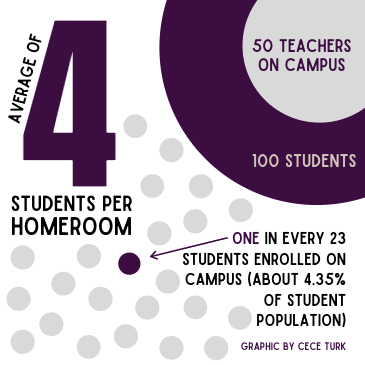
I talked with the two other students in my homeroom class about their experiences in these past four weeks. Freshman Brooke Heatherman went into school with a “very low bar” and was nervous about the social aspect of being at school. But overall, she has a positive outlook on the on-campus learning model.
“I was kinda scared because I thought I would be all alone, but I was really excited because I wanted to be more focused on my work,” Heatherman said. “I really like it, but mostly wouldn’t have the same opportunity that I had, since I was with a friend.”
Since many students were placed in homerooms without any classmates, on-campus attendance has diminished. But interacting with other students, albeit a small amount, has put a positive spin on this school year for many of my peers.
“I learn a lot better in person, so I thought the opportunity to be back in person would be a lot better for me,” said freshman Andy Mckissick. “I believe what we’re doing now could still be a bit more hands on, but it’s still better than being at home, by myself.”
Being on campus, even in this less than ideal environment, has positively impacted many people. Students with special needs, racial and ethnic minorities, and other minority groups have suffered disproportionately due to COVID-19. The opportunity to attend physical school can benefit these disadvantaged students.
Even if there aren’t many students on campus, seeing real people instead of Google Meet icons has buoyed my spirits.
— Cece Turk (9)
Even if there aren’t many students on campus, seeing real people instead of Google Meet icons has buoyed my spirits. Stopping by my teachers’ classrooms and waving has helped me realize that we are all in this together. Walking around the physical campus and exploring the school where I will spend my next four years reminds me that this is only a temporary setback.
The current cohort model seems more like a bridge to the next step up than a long term solution. Speculations of a hybrid model have solidified into a future reality. Although progress is slow, things are looking up for Carlsbad High School students.



